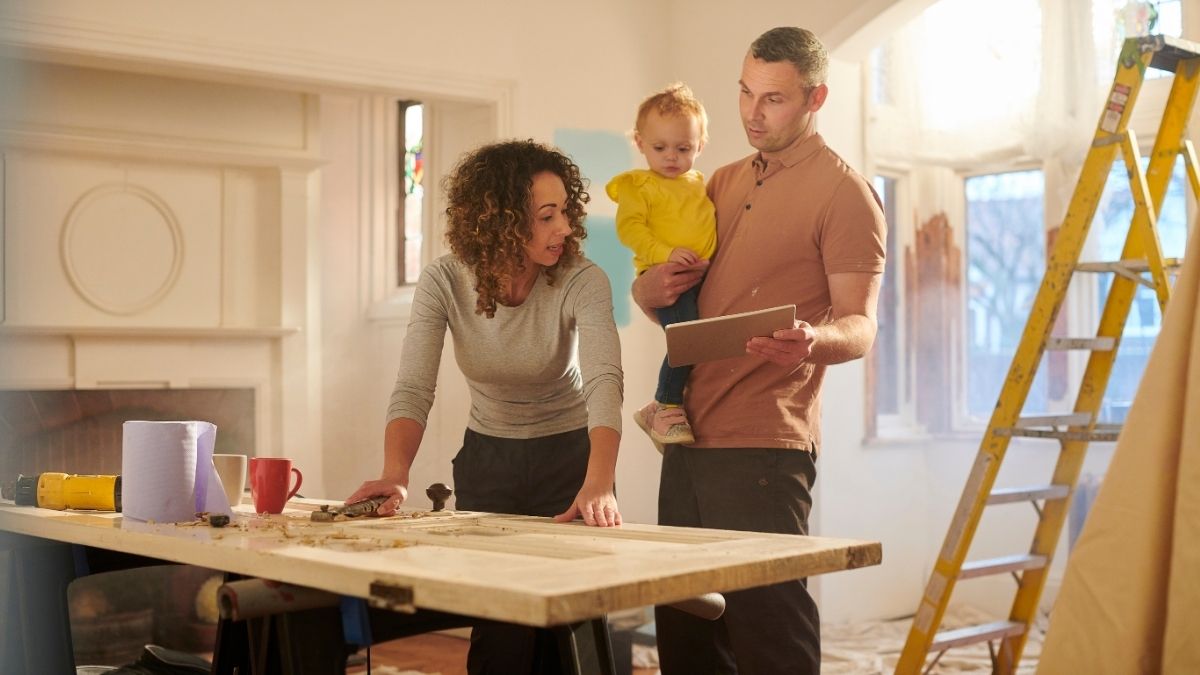1. Upgrade to Energy-Efficient Appliances
Making the switch to energy-efficient appliances is one of the simplest ways to green your home while saving on utility bills. Look for appliances that have the ENERGY STAR label, which indicates they meet strict energy efficiency guidelines set by the U.S. Environmental Protection Agency. These appliances use less water and energy, thus minimizing your carbon footprint.
Consider replacing old refrigerators, washers, dryers, and dishwashers with newer models. Modern versions often utilize advanced technology to reduce energy consumption. For instance, a high-efficiency washing machine can use up to 50% less water and energy compared to older models. As a homeowner, upgrading these appliances not only benefits the environment but also enhances the overall functionality and appeal of your home.
2. Improve Insulation and Sealing
Energy loss through poorly insulated walls, attics, and basements can be a significant drain on your energy resources. By improving your home’s insulation and sealing any gaps or cracks around windows and doors, you can enhance energy conservation. Use eco-friendly insulating materials such as cellulose or spray foam to improve thermal performance.
Air sealing can further protect your home from drafts. Simple projects like caulking windows and weatherstripping doors can minimize heat loss in winter and keep the cool air inside during the summer. This not only creates a more comfortable living environment but also reduces reliance on heating and cooling systems, ultimately lowering your energy bills.
3. Install Low-Flow Fixtures
Water conservation is crucial in preserving our natural resources. By installing low-flow fixtures, you can significantly reduce your home’s water usage without sacrificing performance. Fixtures such as showerheads, faucets, and toilets designed to use less water often maintain the same level of comfort and functionality as standard ones.
Low-flow showerheads can save up to 50% more water compared to traditional fixtures, while dual-flush toilets allow you to choose between a low-volume flush for liquid waste and a higher volume for solid waste. Investing in these eco-friendly fixtures contributes to a sustainable home and can lead to substantial savings on your water bill over time.
4. Use Sustainable Materials for Renovations
If your home improvement projects include renovations, consider using sustainable and eco-friendly materials. Look for products made from reclaimed wood, bamboo, or recycled materials. Not only are these options better for the environment, but they can also enhance the aesthetic appeal of your space.
When selecting paints, finishes, and flooring, choose low-VOC (volatile organic compounds) products that are less harmful to indoor air quality. Composite wood products and natural stone can also be excellent sustainable choices that add character and durability to your home.
5. Create a Home Garden
A home garden is not only a delightful addition to your property but also a fantastic way to promote sustainability. Whether it’s a vegetable patch, flower bed, or small indoor garden, growing your own plants can significantly reduce your carbon footprint. Home gardening promotes biodiversity, supports pollinators, and allows you to consume fresh, organic produce.
You may start small by utilizing container gardening on your balcony or patio, or dedicate a section of your yard to a larger garden. Consider using organic soil and natural fertilizers to maintain your plants without harming the environment. Implementing sustainable gardening practices can also improve the overall health of your local ecosystem.
6. Consider Solar Energy Solutions
Harnessing solar energy is one of the most impactful eco-friendly improvements you can make. Solar panels convert sunlight into electricity, providing a renewable energy source for your home. Investing in solar energy not only reduces reliance on fossil fuels but can also lead to significant savings on electricity bills.
If installing full-scale solar panels seems daunting, consider starting with solar-powered outdoor lights or small solar gadgets. As you become more comfortable with solar technology, you can explore larger installations. Many states also offer incentives and rebates for homeowners who switch to solar energy, making it a financially viable option.
7. Embrace Smart Home Technology
Integrating smart home technologies can make a significant difference in energy management and efficiency. Smart thermostats adjust temperatures based on your daily routine, minimizing energy waste. Smart lighting systems allow you to control lights remotely, ensuring you’re saving electricity when you’re away from home.
Additionally, smart power strips prevent energy drainage from electronics in standby mode. Installing smart technology can transform your living environment into an energy-efficient system that adapts to your lifestyle, leading to cost savings and environmental benefits.
8. Utilize Natural Cleaning Products
Environmental sustainability extends beyond physical improvements to your property; it also includes how you clean and maintain your home. Opting for natural cleaning products replaces harmful chemicals with safer alternatives, improving indoor air quality and reducing chemical exposure.
Many cleaning solutions can be made using simple ingredients such as vinegar, baking soda, and essential oils. These natural products are not only effective but also environmentally friendly. By adopting these alternatives, you will contribute to a healthier living environment for yourself and your family while showing support for sustainable practices.
Also Read: Luxury Kitchen Ideas to Elevate Your Home Design
In conclusion, enhancing your home with eco-friendly upgrades not only positively impacts the planet but also improves your living experience. By implementing these easy improvements, you can reduce energy consumption, promote sustainability, and create a more enjoyable home environment. Embrace the opportunity to nourish both your space and the Earth with thoughtful, responsible choices.
Transforming your home into an eco-friendly haven begins with deliberate choices and small improvements. Start today, and enjoy the benefits of a sustainable lifestyle!
